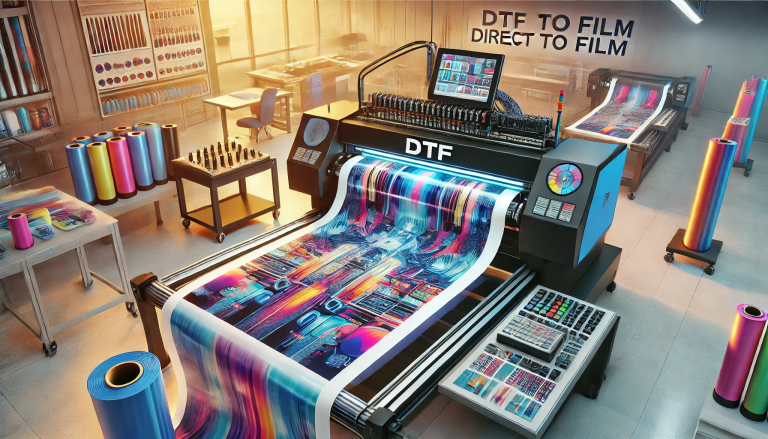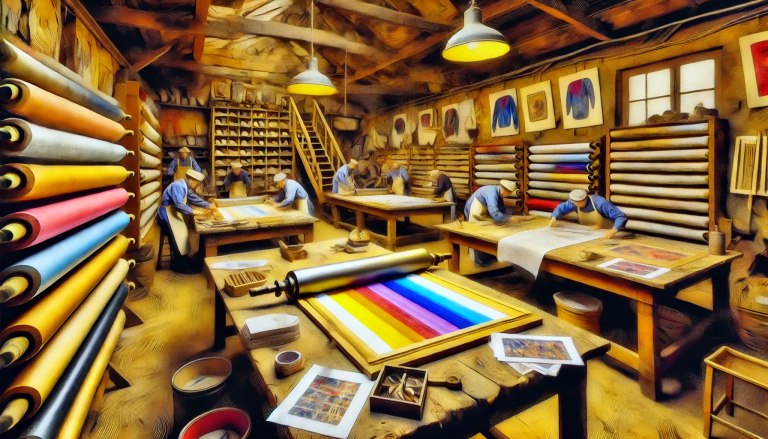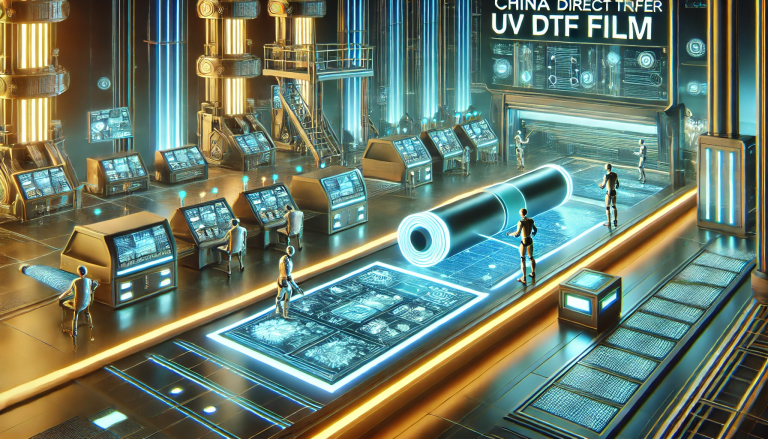In the ever-evolving world of textile production, a significant transformation is underway, driven by technological innovations and a relentless pursuit of efficiency and sustainability. At the forefront of this revolution is the Direct to Film (DTF) A3 Factory, a name that has become synonymous with cutting-edge solutions in the textile printing industry. This article explores the operational excellence, technological innovations, and environmental considerations that set the DTF A3 Factory apart, highlighting its role in redefining the textile production landscape.
The Advent of DTF Technology
Direct to Film printing is a method that involves printing designs onto a special film before transferring them onto fabric. This technology stands out for its versatility, allowing for high-quality prints on a variety of textiles regardless of color or material. The DTF A3 Factory has harnessed this technology, offering unparalleled precision, color vibrancy, and durability in textile prints. This method not only surpasses traditional printing techniques in terms of quality and efficiency but also significantly reduces waste, making it a more sustainable option.
Operational Excellence
At the heart of the DTF A3 Factory’s success is its commitment to operational excellence. The factory’s production lines are optimized for maximum efficiency, utilizing state-of-the-art machinery and automation technologies. This allows for rapid turnaround times without compromising on quality, enabling the factory to meet the ever-increasing demand for custom textile prints. Moreover, the factory’s stringent quality control measures ensure that every product meets high standards, resulting in customer satisfaction and repeat business.
Technological Innovations
The DTF A3 Factory is not just about leveraging existing technology but also about pushing boundaries and innovating. It invests heavily in research and development, working closely with engineers and designers to refine the DTF process and explore new textile printing techniques. This commitment to innovation ensures that the factory remains at the cutting edge of the industry, offering products that are not only of superior quality but also feature the latest designs and trends.
Environmental Considerations
In today’s world, where environmental sustainability is of paramount importance, the DTF A3 Factory stands out for its eco-friendly practices. The DTF printing process itself is less wasteful than traditional methods, as it minimizes the use of water and reduces textile waste. Additionally, the factory has implemented measures to minimize its carbon footprint, including the use of renewable energy sources and the adoption of waste reduction and recycling programs. These initiatives not only contribute to the protection of the environment but also resonate with environmentally conscious consumers, further enhancing the factory’s reputation.
The Impact on the Textile Industry
The implications of the DTF A3 Factory’s innovations extend far beyond its immediate operations. By setting new standards in quality, efficiency, and sustainability, it is influencing the entire textile industry to adopt more responsible practices. Its success serves as a testament to the viability of combining technological innovation with environmental consciousness, paving the way for a more sustainable future in textile production.
Furthermore, the factory’s ability to provide customized, high-quality textile prints at a rapid pace has opened up new opportunities for designers and brands. This flexibility has led to more creative freedom, enabling the production of unique and diverse designs that cater to the ever-changing tastes of consumers. As a result, the DTF A3 Factory is not just a production facility; it is a catalyst for creativity and innovation in the textile industry.
Conclusion
The DTF A3 Factory represents a paradigm shift in textile production, embodying the perfect blend of technological innovation, operational excellence, and environmental responsibility. Its impact on the industry is profound, setting new benchmarks for quality, efficiency, and sustainability. As we look to the future, the DTF A3 Factory’s role in shaping the landscape of textile production is undeniable, promising a future where technology and sustainability go hand in hand. Through its commitment to innovation and responsibility, the factory not only meets the demands of the present but also paves the way for a more sustainable and creative future in textile production.





